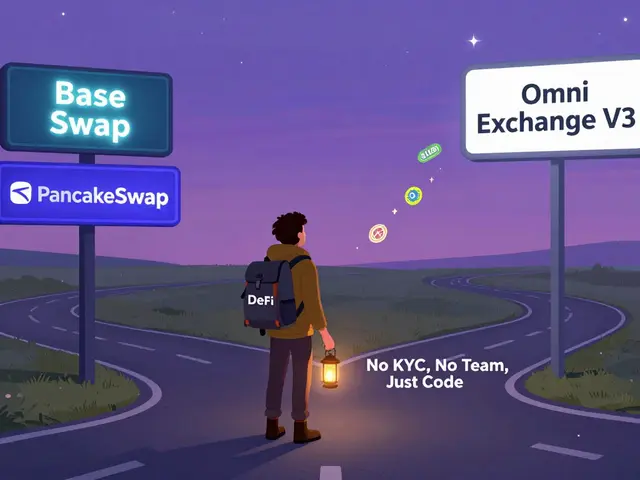Crypto Price – Your Guide to Market Moves, Airdrops, Mining & Stablecoins
When tracking Crypto Price, the real‑time value of a digital asset expressed in fiat or other crypto units. Also known as digital currency price, it reflects supply‑demand dynamics, network activity, and external events. Understanding crypto price helps you spot entry points, avoid pitfalls, and gauge overall market health. Below we’ll see why crypto price matters and how related concepts drive it.
How Airdrops and Stablecoins Influence Crypto Price
One hot driver is the Airdrop, a free token distribution used to reward users, build communities, or jump‑start a new blockchain project. When a popular airdrop lands, demand for the underlying token spikes, pushing its crypto price upward in the short term. Conversely, if the airdrop proves low‑value, the price can dip as holders dump the tokens. That volatility shows the direct link: crypto price is often a reaction to airdrop announcements. Another stabilizing force is the Stablecoin, a crypto asset pegged to a fiat currency or basket of assets to minimize price swings. Stablecoins act as safe havens during market turbulence; traders move funds into stablecoins, temporarily dampening crypto price declines across the board. When confidence returns, capital flows back to more volatile assets, reigniting price rallies. In short, stablecoins provide liquidity cushions that shape overall price trends.
Both airdrops and stablecoins serve distinct roles: airdrops can create short‑term spikes, while stablecoins smooth out long‑term swings. Knowing when each factor is at play lets you read the price chart with more nuance.
Mining, Regulation & Real‑World Use Cases
The third pillar is Crypto Mining, the process of validating transactions and securing a blockchain by solving computational puzzles, rewarded with newly minted coins. Mining output directly adds supply to the market; when block rewards halve or energy costs rise, miners may sell less, tightening supply and nudging crypto price higher. Conversely, a surge in mining profitability can flood the market with fresh coins, pulling prices down. Thus, crypto price reacts to mining economics.
Regulatory headlines also feed the price engine. Policies that favor crypto adoption—like tax breaks in Singapore or zero‑capital‑gains rules in El Salvador—often trigger price upticks as investors anticipate broader usage. On the flip side, crackdowns, such as tighter banking rules in Iran or sanctions that reshape trading routes, can depress prices instantly. Keeping an eye on legal shifts helps you predict the next price move.
Finally, real‑world adoption stories—Bitcoin helping Venezuelans survive hyperinflation, or DeFi platforms offering yield on stablecoins—create demand that lifts crypto price over time. These use‑case narratives show that price isn’t just numbers; it’s a reflection of how people actually use digital money.
In the sections that follow, you’ll find deep dives into airdrop mechanics, mining‑friendly jurisdictions, stablecoin risk assessments, and regulatory updates—all curated to give you a clearer picture of what moves crypto price. Whether you’re hunting the next airdrop, evaluating mining locations, or balancing stablecoin exposure, the articles below arm you with the context you need to act confidently.
Ozonechain (OZONE) Crypto Coin Explained: Price, Tech, and Risks
Learn what Ozonechain (OZONE) crypto coin is, its tech, token economics, market data, and key risks for investors.





